Animal Senses

How Do Animals Sense the World?
Word of the Week
Sensory Receptor
Sensory receptors are specialized body parts that allow animals to detect stimuli like chemicals, light, and temperature. They help us and other animals sense the world around us!
Sensory receptors on our tongue allow us to taste the sweetness of ice cream.
How Animals...
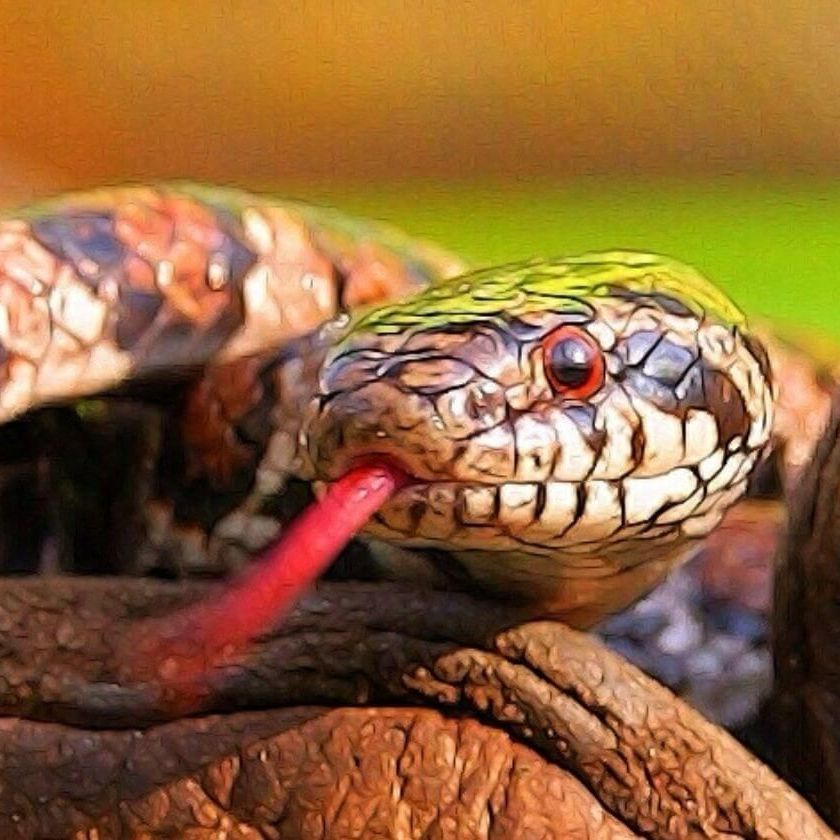
Smell
Most animals smell using a nose! Noses detect chemicals in the air that passes through it. Different items produce different chemicals, causing things to smell different.
Several animals have a Jacobson organ to assist in detecting chemicals. Snakes collect smell particles on their tongue and pass them to the Jacobson organ on the roof of their mouth. This is how snakes smell with their tongue!
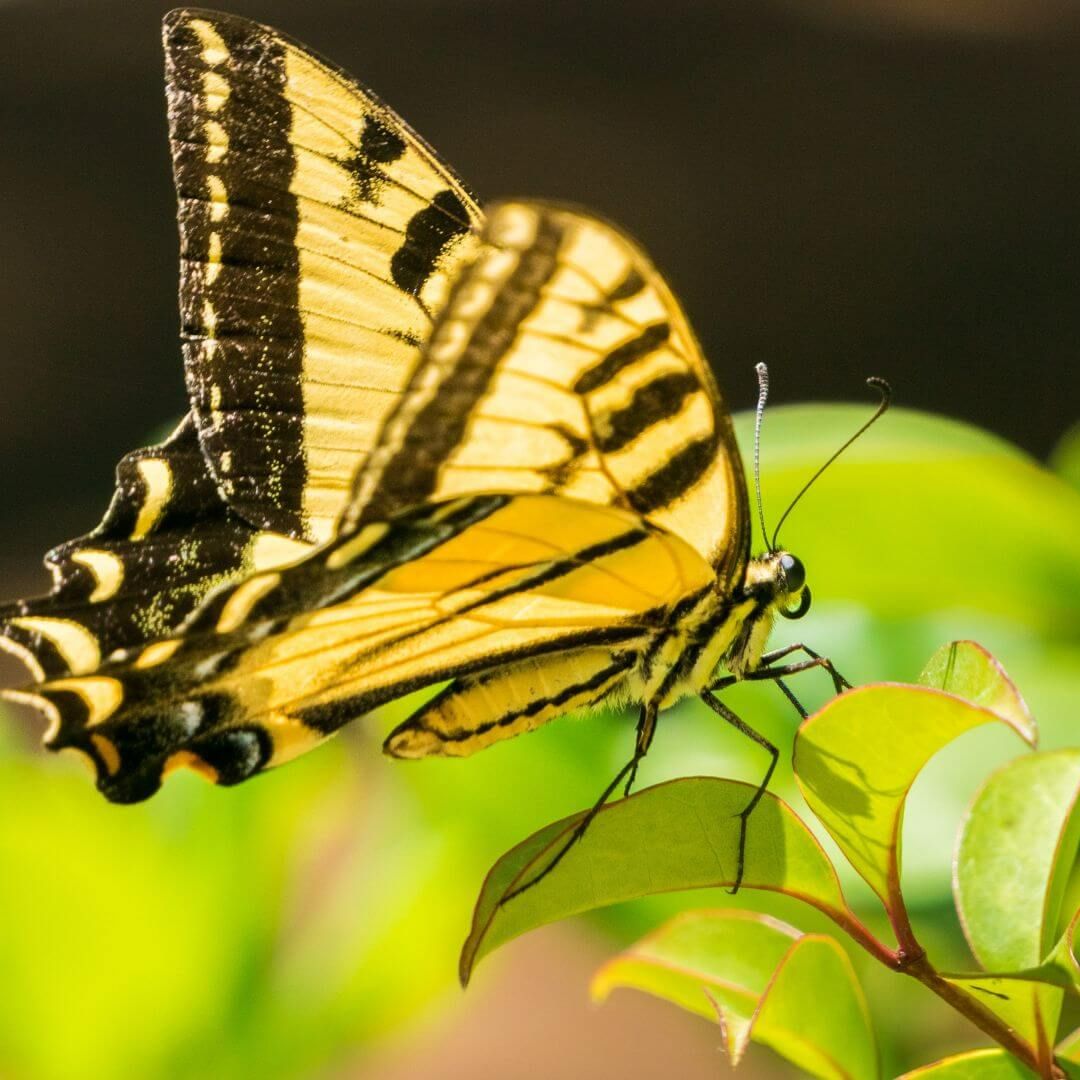
Taste
For most animals, tasting occurs when our tongues detect chemicals in the food or liquid that passes over it. Different foods have different chemicals, causing them to taste different.
Butterflies can detect chemicals (aka taste!) with their antennae and feet. This helps them find sweet nectar to drink and find the perfect plant for their eggs.
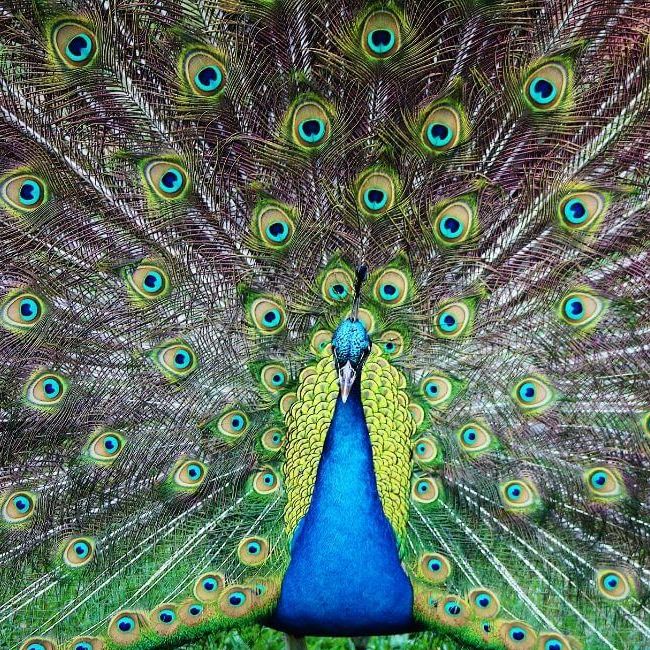
Sight
Like other animals, humans see by detecting specific wavelengths of light that our brain turns into the images we see. Humans can detect light on the visible light spectrum.
Some animals can detect light on other spectrums. Most birds can detect light on both the visible light spectrum and the ultraviolet light spectrum, allowing them to see an incredible array of colors. The colors and patterns that impress humans may look even more amazing to other birds.
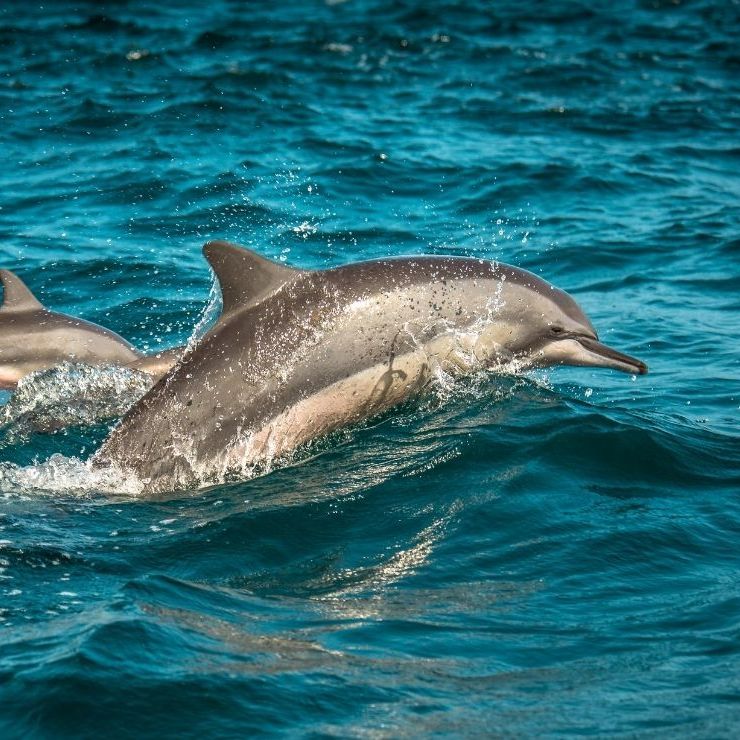
Hearing
Humans have well-developed ears. We hear sounds using our ears to detecting sound waves that our brain interprets. This allows us to communicate easily with other humans and even have a favorite song.
Some animals do not have an ear opening, but they still have ear parts on the inside. Dolphins do not have an external ear, but are able to detect sounds using their internal ear parts.
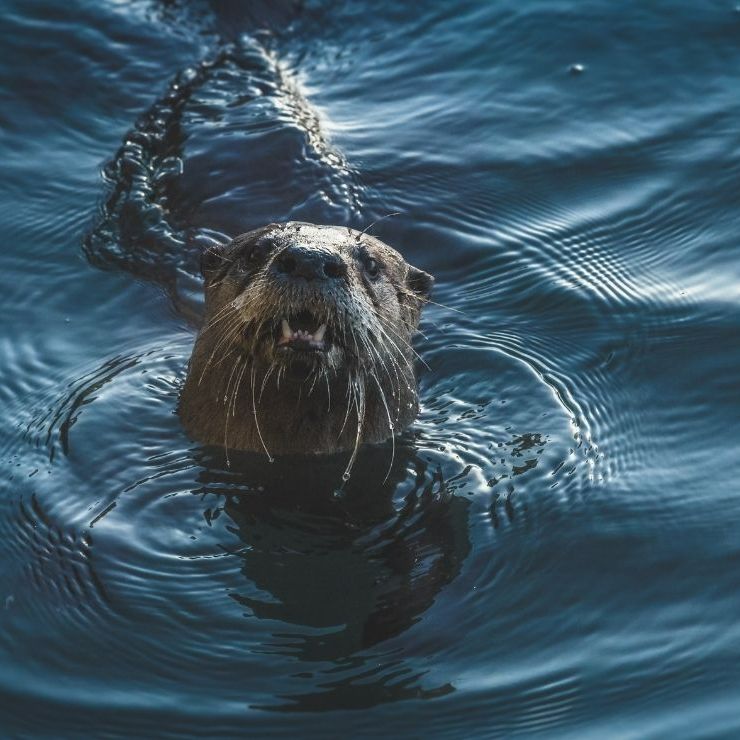
Touch
Most animals use receptors on our skin to help us detect the texture, temperature, and other factors of an object. Our sense of touch is also what allows us to sense pain.
Many animals have extra body parts that help them navigate the world through touch. Otters typically hunt in murky water ways. They use whiskers to help them feel around in the dark.
Species Spotlight
Duck-Billed Platypus
Ornithorhynchus anatinus
When it comes to odd animals, few have the duck-billed platypus beat. It is a mammal and like, most other mammals, is vertebrate (an animal with a backbone) covered in hair. However, it does have some non-mammal characteristics, like its beak-shaped mouth and ability to lay eggs. That's right, platypuses belong to a group of egg-laying mammals called monotremes. Males compete for mates using venomous spurs on their back feet. About a month after breeding, females lay 1 to 3 eggs deep in a burrow; they hatch about 10 days later.
Platypuses also have specialized senses. Like other monotremes and even sharks and stingrays, platypuses can detect changes in electrical fields around them using specialized organs on their bill. As platypuses hunt for worms, shrimp, and insect larva in murky waters, their ability to sense electrical fields allows them to detect prey without using sight or smell! Anytime a small organism moves, they can detect it with their specialized bills.
City skyline
Conservation Corner
Helping Sea Turtle Hatchlings Get to the Ocean
Sea turtles are one of just 4 reptiles that spend time in the ocean and they constantly amaze scientists with their abilities. Sea turtles can hold their breath for long periods of time while they feed and travel. They use their large, boney shells to protect themselves from predators like tiger sharks. They even use the Earth's magnetic field to figure out where they are going! Female sea turtles may cross the entire ocean to return to the beach where they were born when it comes time to lay eggs. Once sea turtle eggs hatch, they rely on a very important sense to direct them to the ocean - sight! Using natural light reflected from the ocean, sea turtle hatchlings make their way to the sea.
However, with the human population growing and beach-front living becoming more popular, there is more light pollution from street lights, homes, and cars than ever before! To help protect sea turtles, make sure when you visit the beach, you limit the amount of light you produce, especially at night.
BRAIN BLAST
The Earth's magnetic field is produced from the molten inner core of the planet as it spins. Sea turtles use the magnetic field to help guide them to nesting sites, but they're not the only animals that use it. Research what other animals use the Earth's magnetic field and how they use it!
Animal Senses Challenge
In the animal senses challenge, you will be describing how an animal uses all of its senses and which ones are the most important.
Beginner
How do elephants sense the world? Let's find out! Learn how elephants use each of their senses and determine which ones are the most important.
Expert
Pick an animal - any animal - and learn about their senses. Explore how that animal senses its environment and describe which senses are more important for that species.
Glossary
Echolocation
The process of sending sound signals and determining the layout of the environment (including anything moving!) using the sound waves reflected back.
Electroreception
The ability to detect changes in electrical fields (often found in sharks, stingrays, and monotremes).
Hearing
Detection of sounds (vibrations) in the air usually by ears.
Jacobson Organ
[Also known as the vomeronasal organ] A sensory organ in some reptiles and mammals that detect air-borne chemicals (often located in the nose or mouth).
Magnetic Field
An area in which magnetic forces are observable. The Earth has a magnetic field!
Sense
The ability to perceive and interpret the environment around you. Smell, taste, sight, hearing, and touch are examples of senses.
Sight
Detection of various wavelengths of light by the eyes.
Smell
Detection of scent particles in the air (usually by a nose).
Taste
Detection of flavor from substances (usually by a tongue).
Thermal
Pertaining to heat.
Touch
Detection of pressure, texture, or temperature by our skin. This sense allows us to feel pain.
Sign Up for our Newsletter
Stay up to date with new adventures, live classes, deals, and more!

Helpful Resources
*Please note we do not offer refunds for EdZOOcating Adventures memberships. We recommend you explore the 3-day free trial prior to subscribing!*





